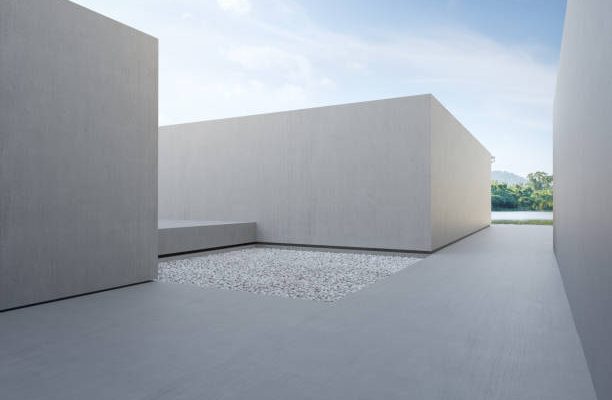The construction industry relies heavily on concrete. When concrete is wet, it conforms to any desired shape. Wet concrete is very pliable, which makes it ideal when using molds. Construction companies use concrete for pathways and buildings, including slabs and walls.
Meticulous planning before pouring concrete reduces errors. Defects, such as cracks, spalling, and scaling found after the concrete cures are costly to repair. Increasing the efficiency of a concrete pour ensures a successful outcome.
Forms Hold It All Together
Formwork plays a vital role in construction. It is also known as shuttering and is the glue that keeps poured concrete in position while it hardens and cures. There are two types of formwork: permanent forms (also known as stationary forms) and panel forms, which are reusable. Both provide resistance that helps the concrete remain in place during tamping, vibrating, and drying. From a cost perspective, reusable panels save about 25% more than permanent forms do. Safety is a top priority, so don’t cut corners, and follow the formwork set-up instructions to a tee.
Have Everything in Place for a Concrete Delivery
An essential part of pouring concrete includes ensuring that all equipment is ready for use before the cement truck arrives. The crew and necessary tools should be in place for the delivery. Pouring the cement into the forms happens quickly, so there is no room for error. Always think about safety first to prevent unnecessary accidents from occurring.
Consider Outside Factors Before Pouring Concrete
The outside elements, such as humidity and temperature, affect the length of time concrete requires to cure fully. Temperature fluctuations impact how long cement takes to harden. While most concrete hardens in 48 hours, the outside elements may extend the drying time. Once concrete cures, it increases the energy efficiency of a building and lowers HVAC expenses since concrete absorbs and retains heat.
Double Check the Location
Once the concrete is in the form, there is no way to make adjustments. Always double-check the location before pouring concrete to eliminate the need for a labor-intensive rework if the measurements are slightly off.
Be Sure to Brace the Forms Correctly
Bracing is a critical step when setting up formwork. It’s always better to use too many braces than too few. Improper bracing may distribute the weight of the poured concrete unevenly, which can cause the forms to bulge or break.
Remove Air Bubbles Before the Concrete Cures
The wet concrete may contain tiny air bubbles. Concrete vibrating machines are an effective way of removing the bubbles before the concrete hardens. Eliminating any trapped air makes the concrete more durable.
Remove the Molds On Time
Concrete usually sets in about 48 hours. Remove the forms at this point to allow time to smooth out any cosmetic imperfections caused by the formwork and braces. Since the concrete is still damp, crew members can smooth out rough edges and round corners without damaging the final product.
Construction companies always run on a schedule that works around the curing time of the poured concrete structures. Being prepared for all steps of a concrete pour can be invaluable when trying to stay within the allotted time frame to complete a construction job. Proper planning eliminates issues with a concrete pour and helps the construction crew finish the job on time.




















